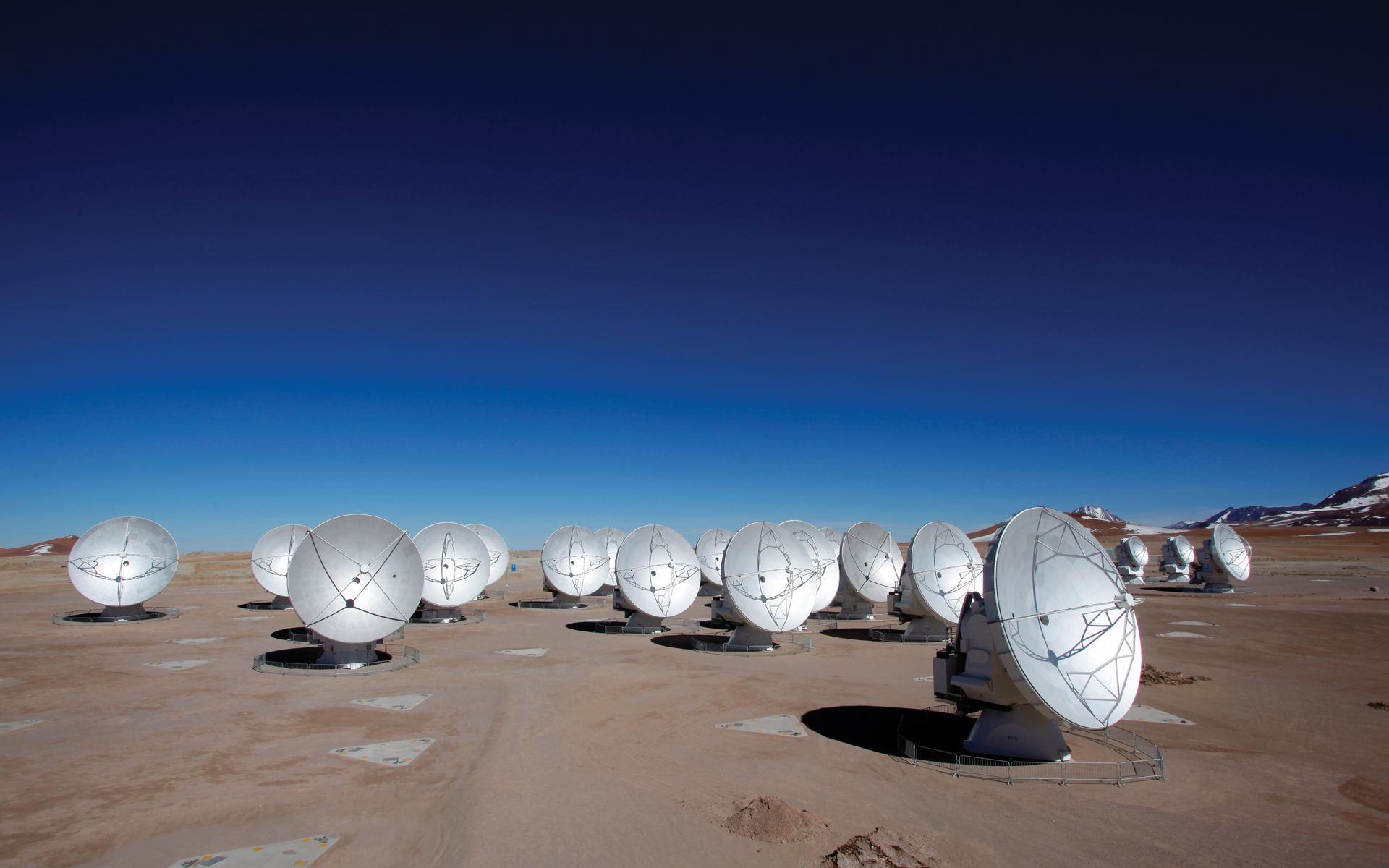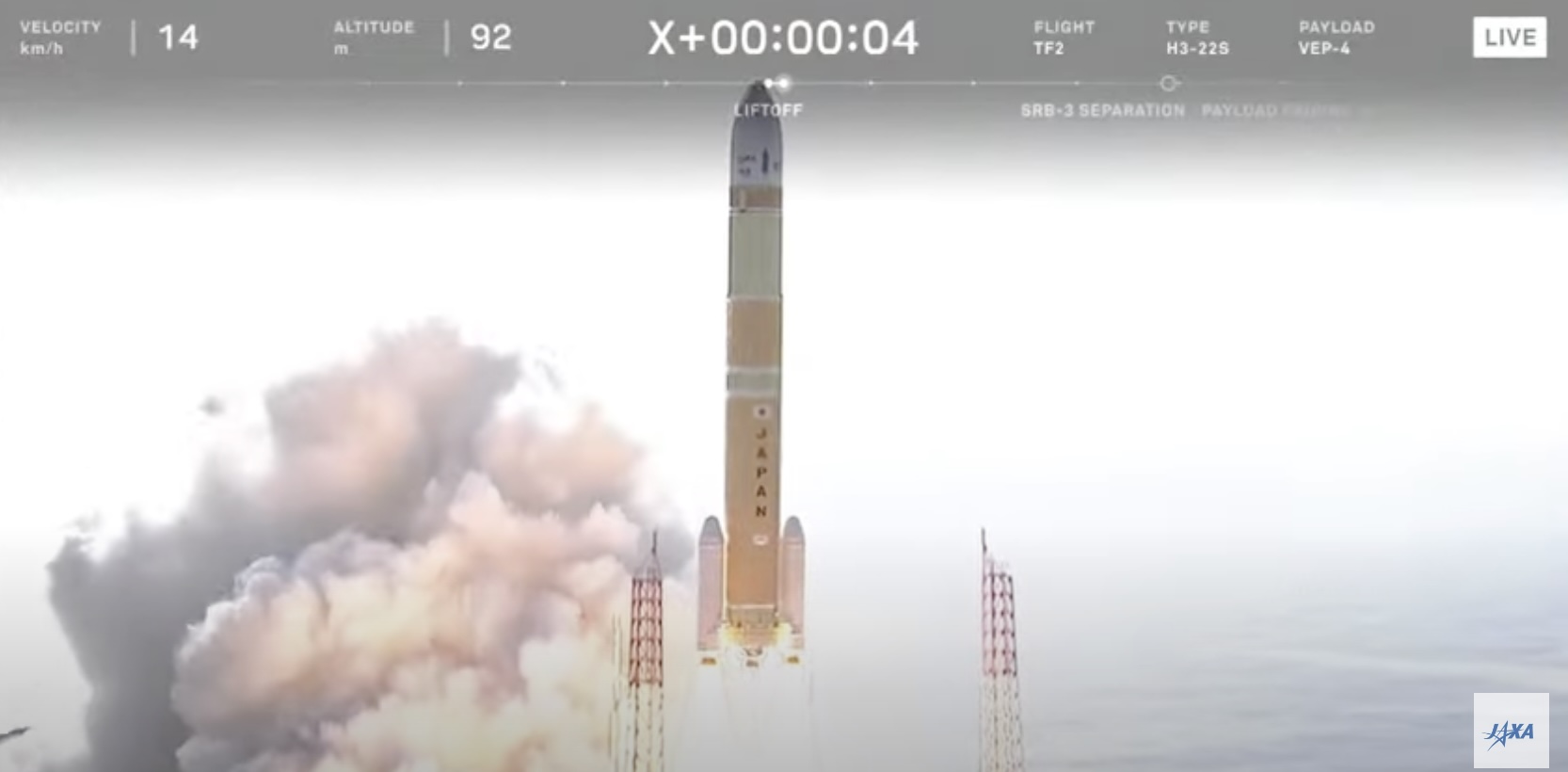It’s a headline straight out of the movies yet the White House has recently confirmed it believes that Russia is building space-based anti-satellite weapon! There seems to be no conclusive evidence what this might be but one option may be a nuclear bomb that would indiscriminately wipe out satellites within a huge volume of space! Not only would it devastate satellites but would cause more problems down on the surface and create a whole load of space junk.
Continue reading “Anti-Satellite Weapons Will Threaten Everyone’s Access to Space”Powerful Jets From a Black Hole are Spawning Star Clusters
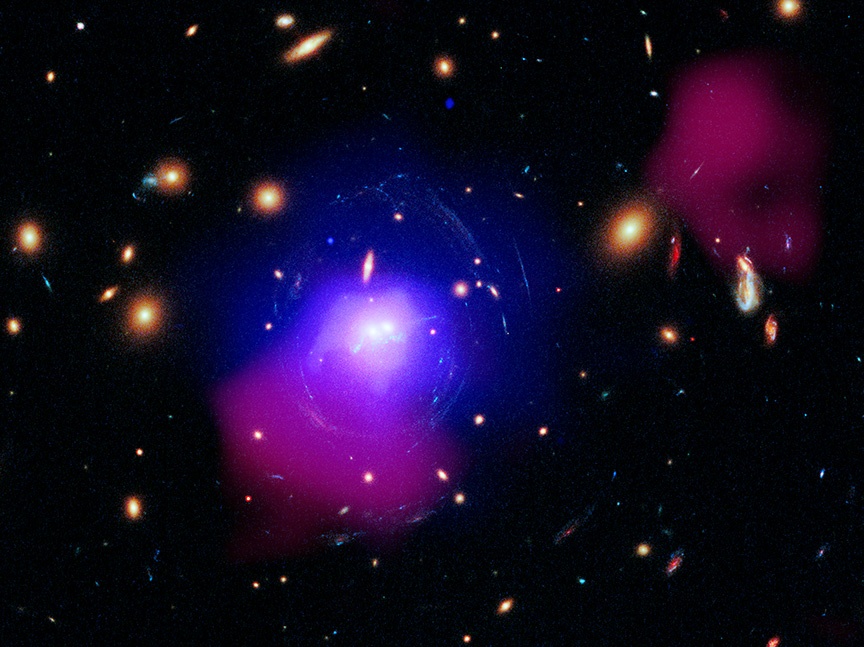
Supermassive black holes are messy feeders, and when they’re gorging on too much material, they can hurl high-energy jets into the surrounding Universe. Astronomers have found one of the most powerful eruptions ever seen, emanating from a black hole 3.8 billion light-years away. The powerful jets are blowing out cavities in intergalactic space and triggering the formation of a huge chain of star clusters.
Continue reading “Powerful Jets From a Black Hole are Spawning Star Clusters”We Could Snoop on Extraterrestrial Communications Networks
The conditions for life throughout the Universe are so plentiful that it seems reasonable to presume there must be extra-terrestrial civilizations in the galaxy. But if that’s true, where are they? The Search for Extra-terrestrial Intelligence (SETI) program and others have long sought to find signals from these civilizations, but so far there has been nothing conclusive. Part of the challenge is that we don’t know what the nature of an alien signal might be. It’s a bit like finding a needle in a haystack when you don’t know what the needle looks like. Fortunately, any alien civilization would still be bound by the same physical laws we are, and we can use that to consider what might be possible. One way to better our odds of finding something would be to focus not on a direct signal from a single world, but the broader echos of an interstellar network of signals.
Continue reading “We Could Snoop on Extraterrestrial Communications Networks”Astroscale’s Satellite is Now Chasing Down a Real Piece of Space Debris
Space debris is a thing.. It seems whether we explore the Earth or space we leave rubbish in our wake. Thankfully, organisations like Astroscale are trying to combat the problem of debris in space with a new commercial debris inspection demonstration satellite. Named ADRAS-J, the satellite – which is now in orbit – is hunting down an old Japanese upper stage rocket body which was launched in 2009. It will approach to within 30 metres to study the module from every angle and work out how it can be safely de-orbited by a future mission.
Continue reading “Astroscale’s Satellite is Now Chasing Down a Real Piece of Space Debris”Can We Survive in Space? It Might Depend on How Our Gut Microbiome Adapts

For over a century, people have dreamed of the day when humanity (as a species) would venture into space. In recent decades, that dream has moved much closer to realization, thanks to the rise of the commercial space industry (NewSpace), renewed interest in space exploration, and long-term plans to establish habitats in Low Earth Orbit (LEO), on the lunar surface, and Mars. Based on the progression, it is clear that going to space exploration will not be reserved for astronauts and government space agencies for much longer.
But before the “Great Migration” can begin, there are a lot of questions that need to be addressed. Namely, how will prolonged exposure to microgravity and space radiation affect human health? These include the well-studied aspects of muscle and bone density loss and how time in space can impact our organ function and cardiovascular and psychological health. In a recent study, an international team of scientists considered an often-overlooked aspect of human health: our microbiome. In short, how will time in space affect our gut bacteria, which is crucial to our well-being?
Continue reading “Can We Survive in Space? It Might Depend on How Our Gut Microbiome Adapts”A New, More Accurate Measurement for the Clumpiness of the Universe

Cosmologists are wrestling with an interesting question: how much clumpiness does the Universe have? There are competing but not compatible measurements of cosmic clumpiness and that introduces a “tension” between the differing measurements. It involves the amount and distribution of matter in the Universe. However, dark energy and neutrinos are also in the mix. Now, results from a recent large X-ray survey of galaxy clusters may help “ease the tension”.
Continue reading “A New, More Accurate Measurement for the Clumpiness of the Universe”Scientists Track How a Giant Wave Moved Through Our Galactic Backyard
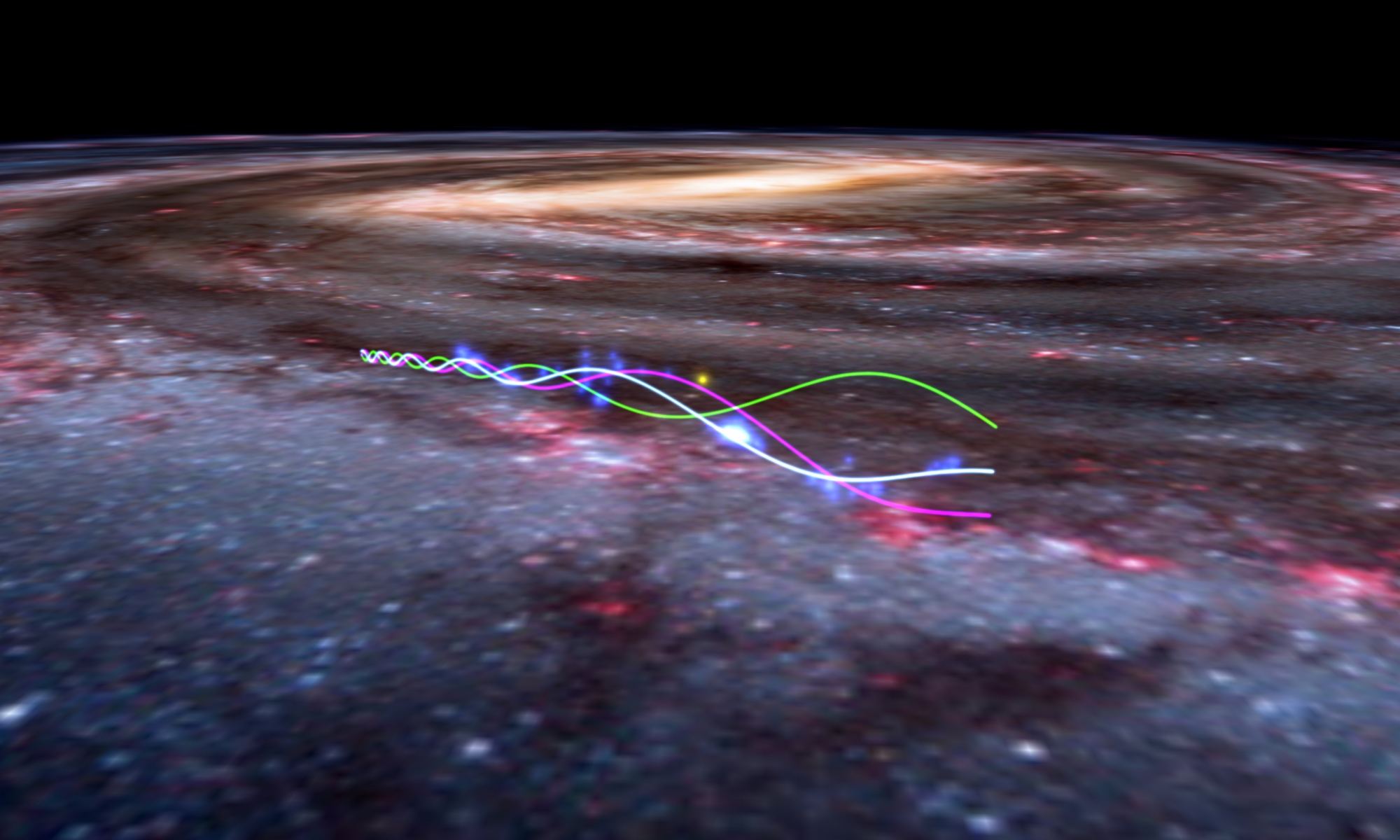
Astronomers say there’s a wave rippling through our galactic neighborhood that’s playing a part in the birth and death of stars — and perhaps in Earth’s history as well.
The cosmic ripple, known as the Radcliffe Wave, was identified in astronomical data four years ago — but in a follow-up study published today by the journal Nature, a research team lays out fresh evidence that the wave is actually waving, like the wave that fans in a sports stadium create by taking turns standing up and sitting down.
“Similar to how fans in a stadium are being pulled back to their seats by the Earth’s gravity, the Radcliffe Wave oscillates due to the gravity of the Milky Way,” study lead author Ralf Konietzka, a researcher at Harvard and the Harvard-Smithsonian Center for Astrophysics, or CfA, said in a news release.
Continue reading “Scientists Track How a Giant Wave Moved Through Our Galactic Backyard”JWST Sees a Milky Way-Like Galaxy Coming Together in the Early Universe
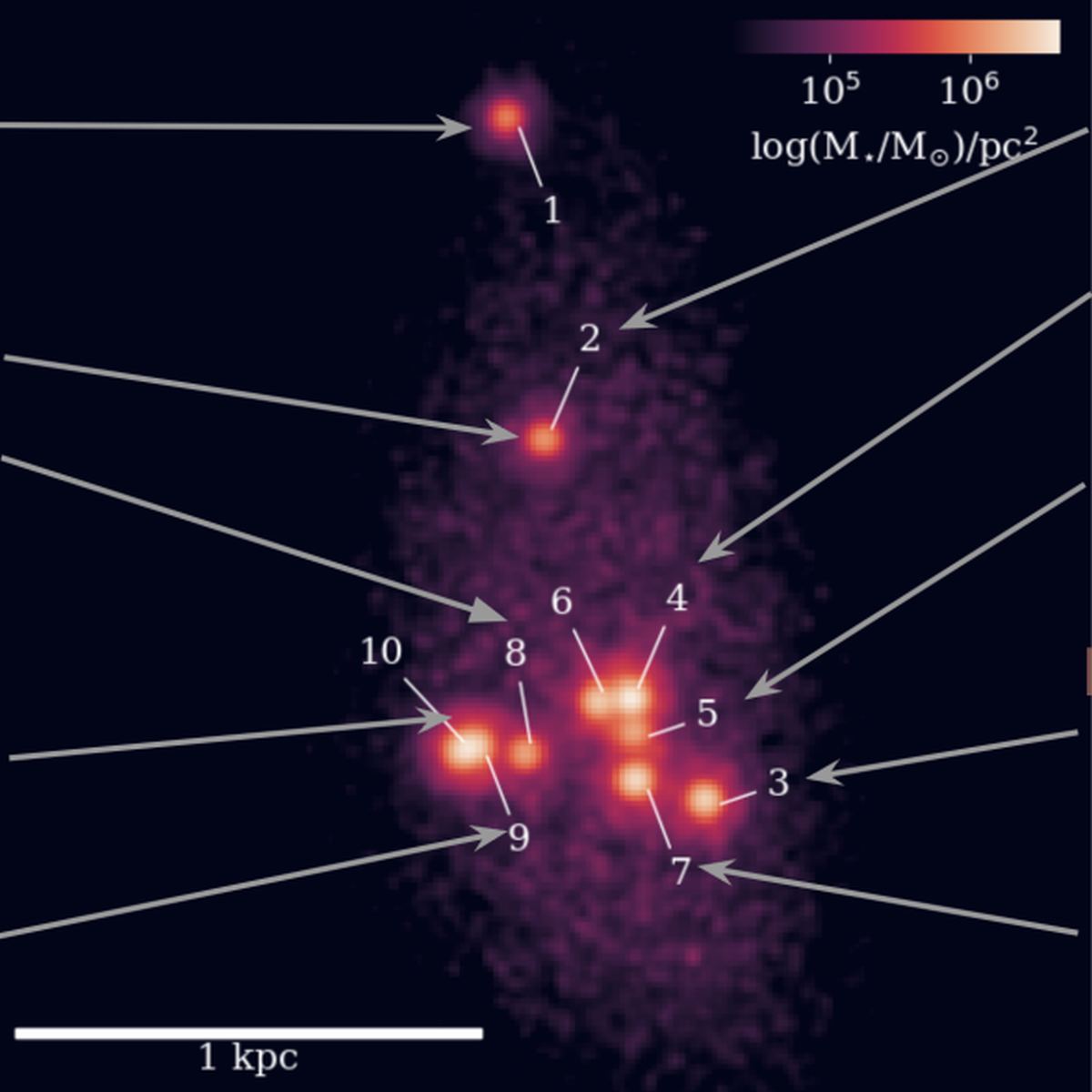
The gigantic galaxies we see in the Universe today, including our own Milky Way galaxy, started out far smaller. Mergers throughout the Universe’s 13.7 billion years gradually assembled today’s massive galaxies. But they may have begun as mere star clusters.
In an effort to understand the earliest galaxies, the JWST has examined their ancient light for clues as to how they became so massive.
Continue reading “JWST Sees a Milky Way-Like Galaxy Coming Together in the Early Universe”The Brightest Object Ever Seen in the Universe

It’s an exciting time in astronomy today, where records are being broken and reset regularly. We are barely two months into 2024, and already new records have been set for the farthest black hole yet observed, the brightest supernova, and the highest-energy gamma rays from our Sun. Most recently, an international team of astronomers using the ESO’s Very Large Telescope in Chile reportedly saw the brightest object ever observed in the Universe: a quasar (J0529-4351) located about 12 billion light years away that has the fastest-growing supermassive black hole (SMBH) at its center.
Continue reading “The Brightest Object Ever Seen in the Universe”Japan's New H3 Rocket Successfully Blasts Off
Japan successfully tested its new flagship H3 rocket after an earlier version failed last year. The rocket lifted off from the Tanegashima Space Center on Saturday, February 17, reaching an orbital altitude of about 670 kilometers (420 miles). It deployed a set of micro-satellites and a dummy satellite designed to simulate a realistic payload.
With the successful launch of the H3, Japan will begin transitioning away from the previous H-2A rocket which has been in service since 2001 and is set to be retired after two more launches. Several upcoming missions depend on the H3, so this successful test was vital.
Continue reading “Japan's New H3 Rocket Successfully Blasts Off”

